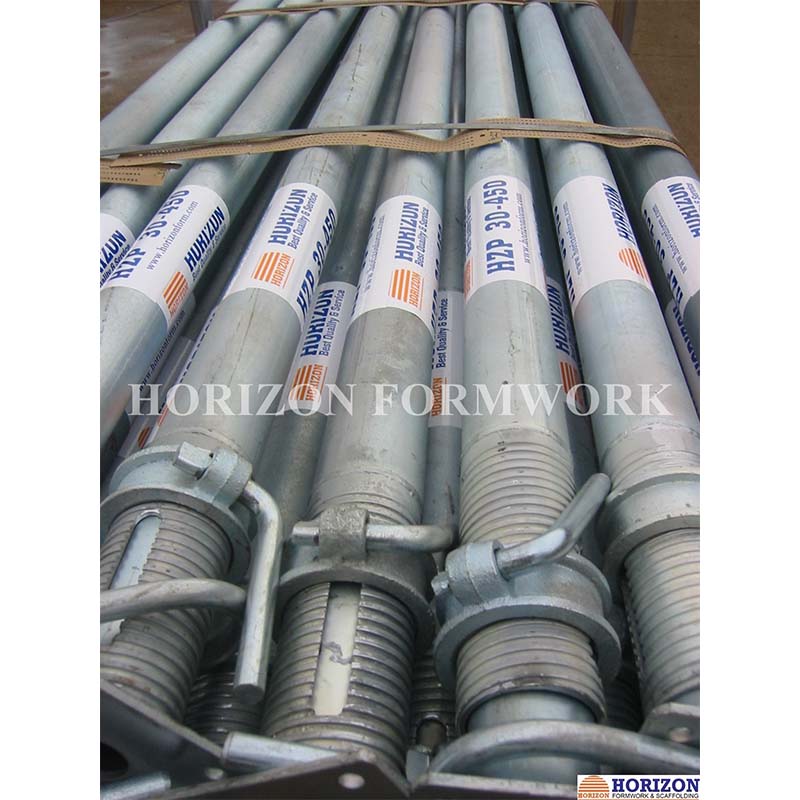Aug . 07, 2024 12:55 Back to list
Choosing the Right Shuttering Solutions for Your Concrete Base Project Needs and Requirements
Shuttering for Concrete Base An Essential Component in Construction
In the world of construction, the importance of quality materials and effective techniques cannot be overstated. One critical aspect that significantly influences the strength and durability of concrete structures is the use of shuttering, or formwork, particularly for concrete bases. This article delves into the significance of shuttering in concrete base construction, its types, and how it impacts the overall integrity of a building project.
Understanding Shuttering
Shuttering refers to the temporary molds used to hold the freshly poured concrete in place until it hardens and gains sufficient strength. These molds can be constructed from various materials, including wood, metal, and plastic, and are designed to shape and support the concrete until it reaches the desired form. The use of appropriate shuttering is crucial, especially in laying concrete bases, as it determines the final shape, dimensions, and surface finish of the structure.
Types of Shuttering
There are several types of shuttering used in concrete construction, each serving specific needs and preferences
1. Plywood Shuttering This is one of the most commonly utilized forms of shuttering due to its flexibility and ease of use. Plywood shuttering is lightweight, easy to handle, and can be reused multiple times, making it a cost-effective option for many projects.
2. Steel Shuttering Known for its robustness and durability, steel shuttering is ideal for large-scale projects that require a high degree of precision. Its strengths include reusability and the ability to withstand high pressure, making it suitable for heavy concrete pours.
3. Plastic Shuttering Emerging as a modern alternative, plastic shuttering is lightweight, weatherproof, and resistant to corrosion. It is easy to assemble and disassemble, which can significantly reduce labor costs and time on site.
shuttering for concrete base company

4. Aluminum Shuttering This type combines the benefits of portability and durability. Aluminum shuttering is becoming increasingly popular for medium to large projects, offering ease of handling and a slick finish.
The Role of Shuttering in Concrete Base Construction
The use of shuttering in constructing concrete bases plays several significant roles
- Shape and Support Shuttering provides the necessary shape and support for the poured concrete, ensuring it retains the desired form until it solidifies. This is particularly crucial for foundations, floors, and other structural elements.
- Surface Finish The quality of the shuttering can significantly affect the finish of the concrete surface. Properly installed and maintained shuttering ensures a smooth and even surface, reducing the need for extensive finishing work afterward.
- Time Efficiency Efficient shuttering systems can speed up the construction process. Quick assembly and disassembly of shuttering not only save time but also help maintain project schedules and budgets.
- Cost-effectiveness Investing in quality shuttering can result in fewer defects and rework, ultimately reducing overall project costs. Choosing the right type of shuttering for specific project requirements can lead to increased efficiency and lowered material waste.
Conclusion
In conclusion, shuttering for concrete bases is an indispensable part of construction that directly affects the quality and longevity of structures. By understanding the various types of shuttering available and their specific applications, construction companies can enhance their project outcomes. Whether it's a small residential project or a large commercial venture, investing in the right shuttering solutions will ensure structural integrity and a lasting finish. As the construction industry continues to evolve, the role of innovative shuttering techniques remains pivotal in shaping our built environment.
-
High-Quality U Head Jack Scaffolding – Reliable Scaffolding Jack Head Manufacturer & Factory
NewsJul.08,2025
-
High-Quality I Beam H20 Leading Timber Beam H20 Material Factory, Exporters & Manufacturers
NewsJul.08,2025
-
High-Quality Powder Coating Steel Formwork - Durable & Corrosion Resistant Solutions
NewsJul.07,2025
-
Inclined Column Formwork Supplier – Durable & Precise Solutions for Unique Structures
NewsJul.07,2025
-
High-Quality Water Stop Solutions Trusted Water Stop Company & Suppliers
NewsJul.07,2025
-
High-Quality Formwork Material Supplier Reliable Manufacturer & Factory Solutions
NewsJul.06,2025